Categories: Electrician Secrets, Automata and RCD
Number of views: 6428
Comments on the article: 0
How to choose the right machine for replacing the old one in the electrical panel
Nothing lasts forever in this world, and circuit breakers that operate in home electrical panels sooner or later fail. Problems with power supply begin, they constantly knock out or do not work at all. In this article I will tell you how to choose the right machine for replacing the old one in the electrical panel. To prevent the statements of "experts" about the style of presentation, I will note in advance that it is aimed at a home master who wanted to re-energize an electrical panel.
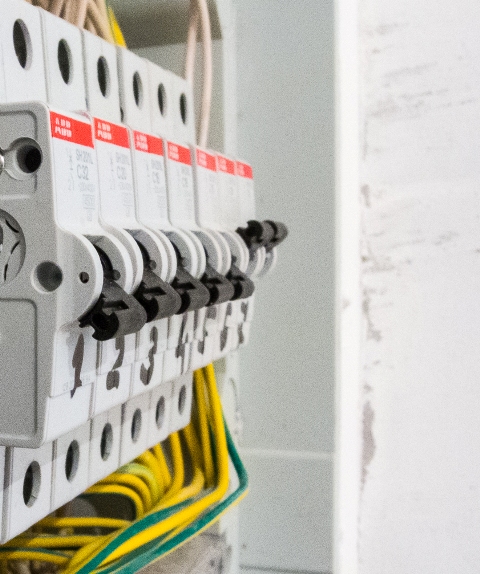
5 signs that you need to replace a circuit breaker
To begin, consider how to determine the health of the machine and the reasons for which malfunctions occur. There are 5 main problems with circuit breakers in switchboards, if we consider them at the household level and in simple language, of course.
1. False alarms and trips at the same load.
2. The check box of the machine does not cock when trying to turn on, jammed, or returns to the off state.
3. The circuit-breaker case has become charred, blackened or led, traces of reflow are noticeable.
4. The insulation came off the wires connected to it and problems with constant tripping.
5. The flag is cocked, but there is no voltage.
He began to beat the machine, despite the fact that the load did not change. There is a periodic shutdown of the circuit breaker, while you are not using new electrical appliances and did not connect more consumers at the same time? It is likely that it is time to replace it, or at least try to strip and stretch the contacts in the terminal blocks.
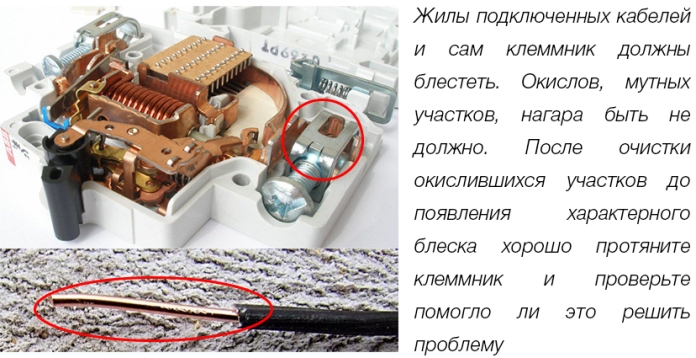
The fact is that bad contact is increased transient resistance in the place of contact of live parts. When current flows through such contacts, heat is generated. As a result, the thermal release may falsely operate under the same load.
The same thing happens with the oxidation of the base of automatic plugs, which are still often found in everyday life.
For the same reasons, the connected wires are heated and the insulation is melted on them. The same result can be due to overload, so before deciding to replace the machine, check the wiring for leaks and short circuits, as well as current consumption, you can do this clamp meter.
There are 2 options in this case:
1. If the power contacts of the circuit breaker are in satisfactory condition and are in good condition (which unfortunately cannot be checked on modern modular products for din rail mounting) It is likely that you have poor contact in the terminal blocks. More than once I had to deal with such a problem, and it was solved by removing all the wires from the terminals by stripping the cores and contact surfaces of the terminal blocks themselves to a characteristic metallic luster.
2. The problem is inside the machine, in which case a replacement is definitely needed.
Power Up Issues
It happens, and so that apparently normal and serviceable machine does not turn on. This is expressed either in the return of the flag when it is not fixed in the upper position. This could be a breakdown of the mechanism itself, or a problem with the releases. In any case, the only possible solution is to replace the machine.
But this is only true if you are convinced of the absence of short circuits on the line. You can do this at least by phoning the output phase with zero by any dialing or multimeter.
External defects
This is a particularly important issue. If the machine appears blackened or melted - it must be replaced, even if it "seems to be" fulfills its functions. In most cases, the electrician cannot check the machine for operation of electromagnetic and thermal releases, since the instruments for checking are expensive, and deliberately making a short circuit of an unknown machine in good condition is simply dangerous.
There is no 100% guarantee that external defects did not affect the usefulness of the protective device, since such a strong heating, which led to them, could not happen for no reason.
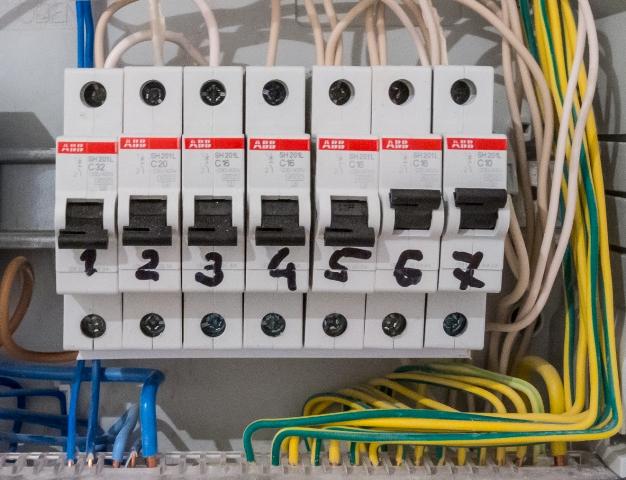
How to choose a machine
The main characteristics of any circuit breaker are as follows (see - Characteristics of circuit breakers):
1. Rated current (Amperes). Talks about what kind of load he can withstand. In everyday life, the most common options are 6, 10, 16, 25, 32 amperes. Introductory machines can be up to 63A.
2. Time-current characteristic. Talks about how quickly the circuit breaker will work and at what multiplicity of current overload. In home electrical panels, class B or C machines are most often installed.
3. Short circuit current. Determines the wear resistance of the contact and their switching ability. That is, what is the maximum short circuit current they can break. The most common are machines with a short-circuit current of 4.5-6 kA (thousand amperes).
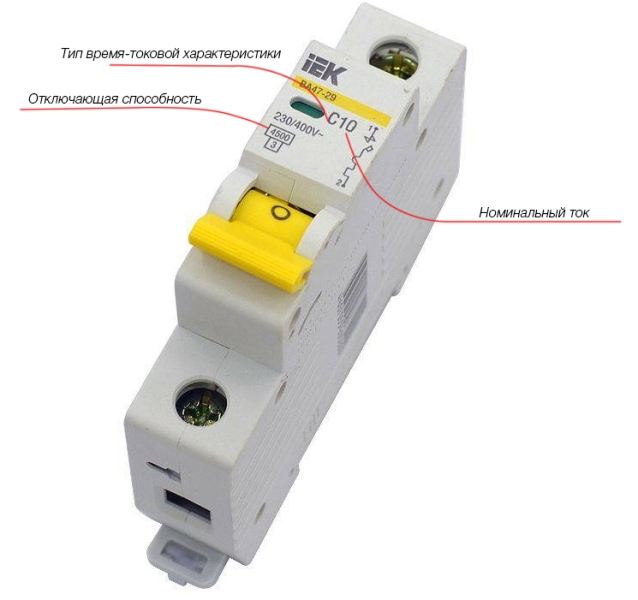
How and where are these characteristics indicated on the front panel of the circuit breaker was described in the article Marking of circuit breakers
So, you have a broken circuit breaker and you need to go to the store and buy a new one with the same characteristics as the previous one, what could be simpler? But consider 2 situations.
1. The marking is erased, burned out, melted and is not visible.
2. The shield was not installed by you and you are not sure of the correct choice of its components.
In both situations, you need to understand by what logic automata are generally chosen. First of all, it is worth remembering that the machines protect the WIRING, that is, the cable that is connected to the lamp, outlet, electric stove. This means that it is necessary to take into account the non-connected load, namely the load capacity of the circuit elements.
For sockets, machines are installed with a rated current of 16A, and 6-10A is enough for light. At the same time, devices with current characteristic “B” are suitable for any household electrical appliances.
Such currents were not taken from the ceiling, you just have to go to the nearest outlet and see what is written on it. If its rated current is 16A (more common now), then the machine should be 16A, if it says 10A on the socket - it’s not difficult to guess how many amperes the machine should be (at the weakest link in the circuit, even if a 4 mm² cable is laid).
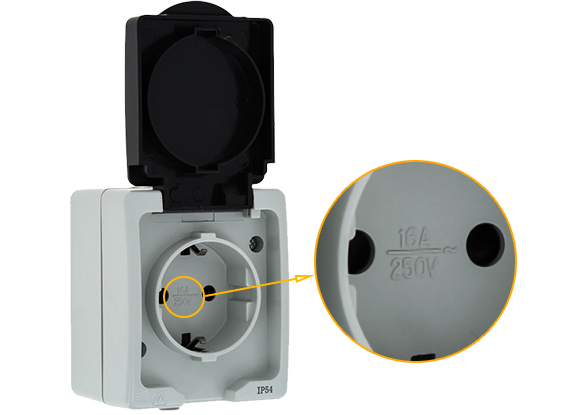
Also with lights. The rare cartridge into which the lamp is screwed is designed for current and 6A, and when you consider that in most cases LED lamps are used, then the need for large currents.
And only the input circuit breaker can be selected with characteristic “C” in order to ensure the selectivity of the protection if it cannot be ensured by the rated current, for example, when the input is limited to 16 amperes. Although this is most likely contrary to the requirements of the PTEEP (paragraph 28.4) and the PUE (paragraph 1.7.79, 7.3.139).
In general, the choice of a circuit breaker depends very much on short-circuit currents, and those, in turn, from phase-zero loop resistance. According to the above points, during a short circuit, the circuit breaker should turn off in no more than 0.4 seconds (according to the PUE), while the short circuit current must exceed the setting of the electromagnetic release (3 ... 5 for VTX type "B" and 5 ... 10 times for "C") by 10% (according to PTEEP).
And finally, let's talk about the switching ability of the machine or the short circuit current. As already mentioned, the most common in everyday life are machines that can switch short-circuit current of 4.5 kA and 6 kA. On the front panel of the machines they are indicated in amperes, that is, 4,500 or 6,000 A, respectively.

The actual values of short-circuit currents in the home electrical network are in the range of 100-200 amperes, less often more. This means that machines with the designation 4500 (4.5 kA) are suitable. However, various experts argue that it is better to install machines with a short-circuit current of 6 kA, for reasons that its performance will be more reliable and better.
Conclusion
So, to summarize, how to choose a machine for replacement? I have reduced all of the above to a simple table above.
See also at i.electricianexp.com
:
